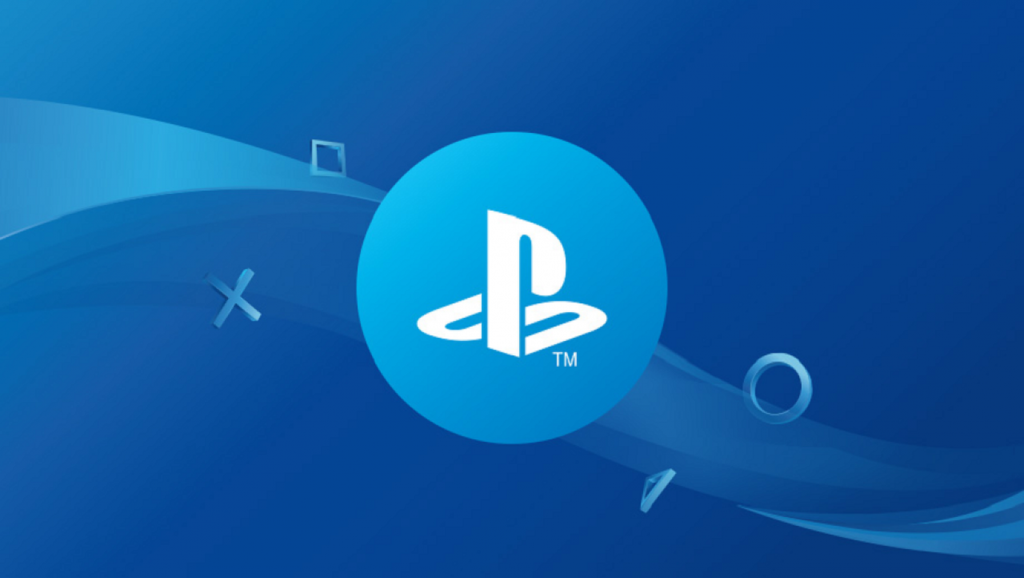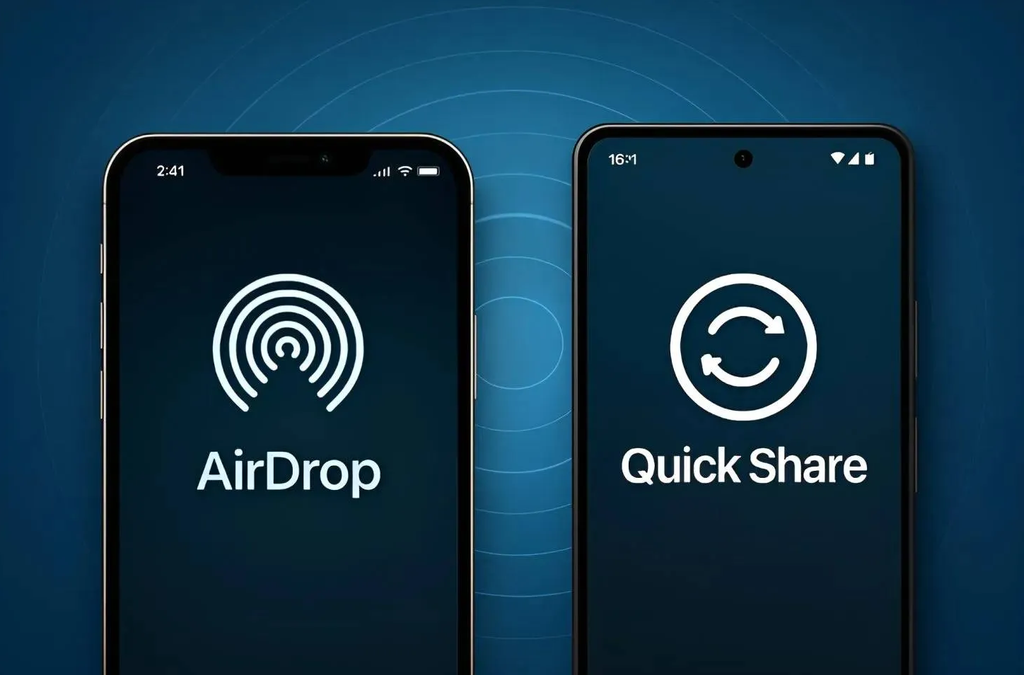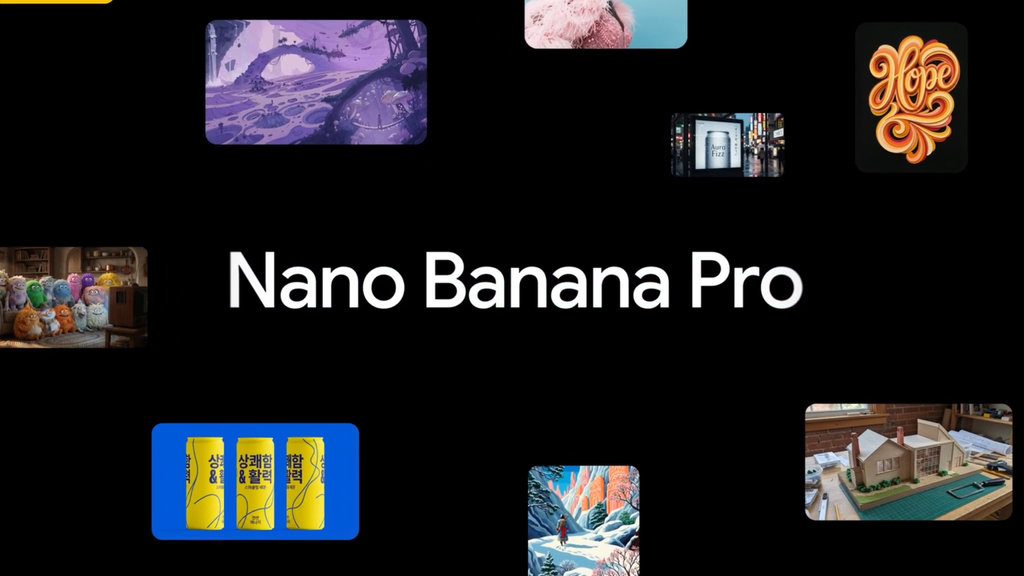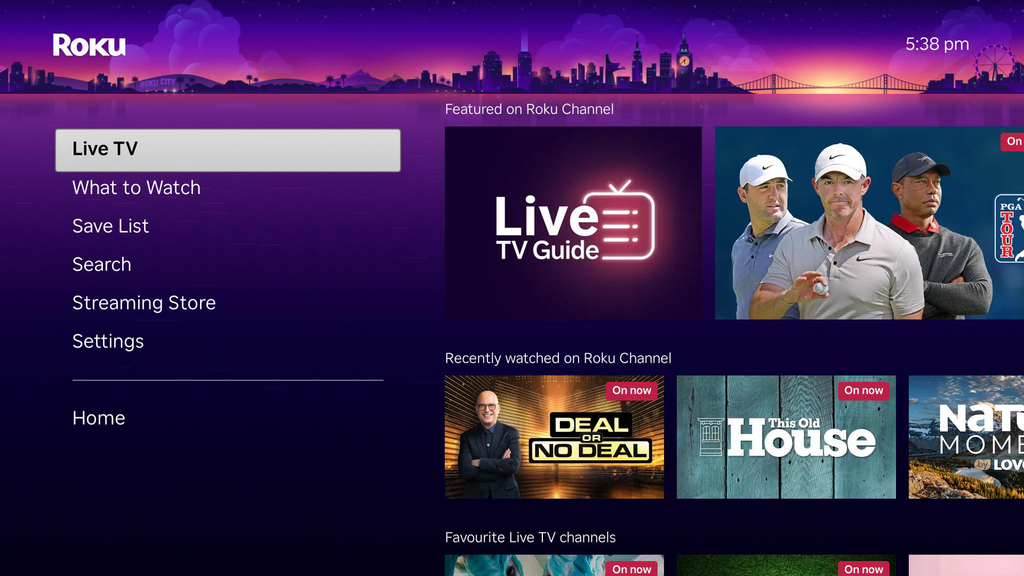
TCL CSOT has showcased one of the most impressive displays ever shown in the AR segment. It's a miniature micro-LED panel with a diagonal of just 0.28 inches, offering a resolution of 1280×720, an absurd 5131 ppi, and a claimed brightness of 500,000 nits. Yes — half a million nits.
This screen isn't for Vision Pro or Galaxy XR goggles, but for AR glasses, which sit much closer to the eye and require extreme pixel density to avoid any visible grid.
Micro-LED instead of weak LCoS? Finally a real alternative
The market for lightweight glasses displaying content is still waiting for a true breakthrough. Meta Ray-Ban Display uses outdated panels LCoS 600×600, which look just average — to put it mildly. TCL micro-LED is a completely different league. If this technology goes into production, it could pave the way for the first real AR glasses, not just accessories with a simple HUD.
What's the premiere? TCL responds, but doesn't reveal dates
FlatpanelsHD asked TCL CSOT about timelines and competitiveness against micro-OLED. One of the key people in the company responded — Ming-Jong Jou, head of the Technology Planning Center. Here’s a translation of his statement:
“To support ultra-high resolution in AR/VR, TCL CSOT has developed the world’s highest resolution single chip, full-colour Si-Micro LED display (0.28”). With a resolution of 1280×720 and a density of 5131 PPI, it provides an extremely detailed and realistic image, practically eliminating visible pixels.”
“The self-emissive display offers high brightness, high contrast, and wide colour coverage, delivering ‘retina-grade’ experiences in near-eye applications such as AR glasses and ultra-lightweight VR devices. Combined with miniaturisation, ultra-high resolution and low power consumption, it sets a new standard for future lightweight and efficient displays.”
Sounds great, but… for now without any declaration of when. TCL also doesn’t specify when micro-LED may compete price-wise with micro-OLED.
What does this mean for the industry?
If TCL really brings micro-LED technology to mass production:
lightweight AR glasses will stop being a fantasy,
the brightness and efficiency of micro-LED could outshine micro-OLED by light-years,
XR manufacturers will enter a new race — not only for content but also for image quality,
Vision Pro and Galaxy XR may eventually receive a completely new type of screens.
For now, it’s a demo, but a demo that shows the future of AR will be bright — literally.
 Katarzyna Petru
Katarzyna Petru












